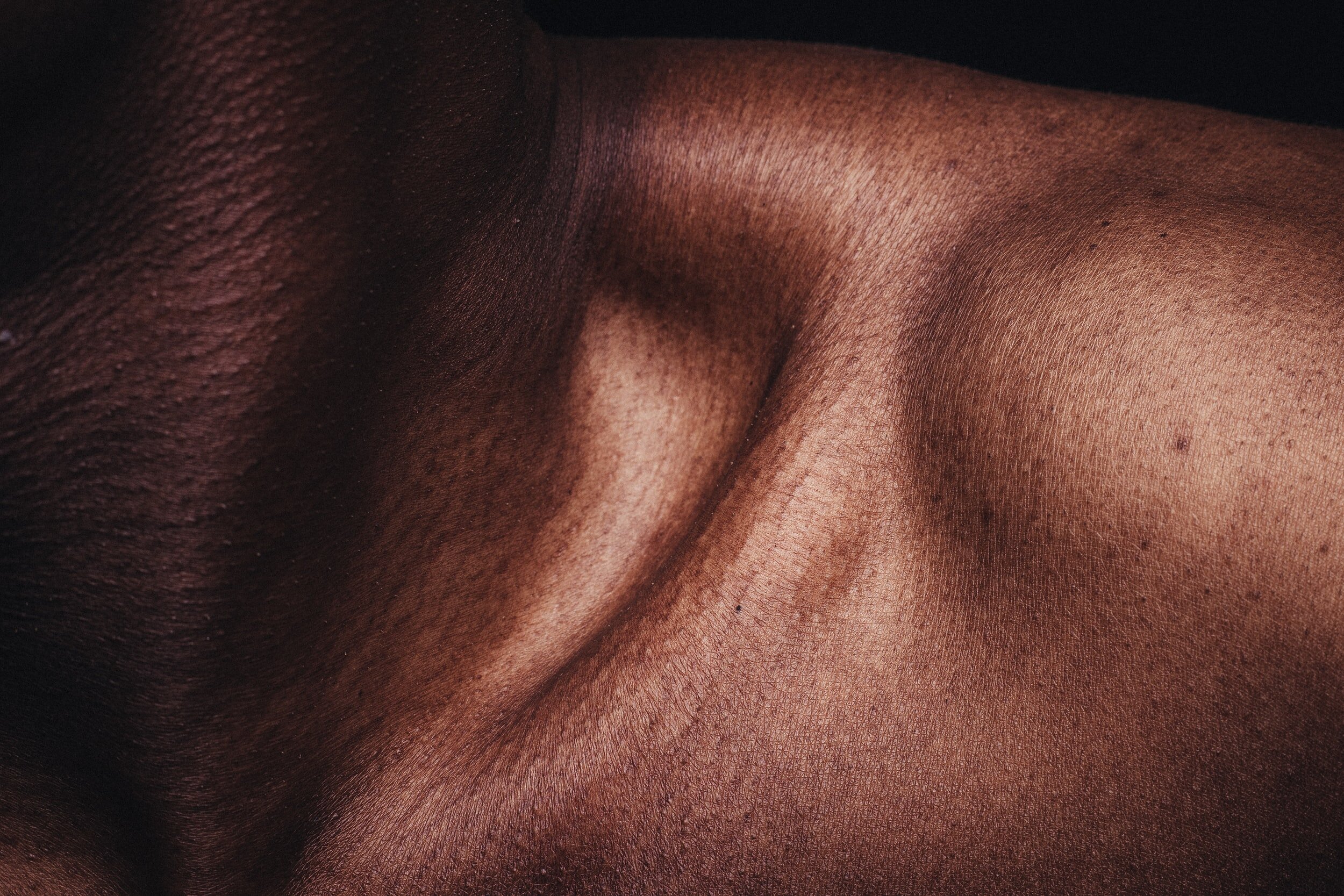
arthroscopic, reconstructive & arthroplasty surgery
Shoulder Replacement
Shoulder replacement
Relieving pain & improving movement
Much like other joint replacements, the damaged parts of the shoulder are replaced or resurfaced with artificial components. Shoulder replacements work well at relieving pain, restoring function and movement to a damaged or worn shoulder. The most common indications for shoulder replacements are: Shoulder Arthritis | Irreparable Rotator Cuff Tears | Shoulder Fractures

For all these conditions the goal of replacing the shoulder is to improve your quality of life by relieving pain & improving movement of the shoulder.
Shoulder Arthritis
Symptoms, Diagnosis & Treatment
Shoulder arthritis explained
Shoulder Arthritis is damage to the cartilage surface of the shoulder joint. This can either be on the ball, the socket or both sides of the joint. This is usually caused by “wear and tear” or injuries. Cartilage provides a smooth and soft surface for the bones to glide upon in the joint, as this wears away the bone rubs on bone, “bone on bone arthritis”, which causes pain and stiffness.
Once the cartilage is damaged or worn away there is no way to recover or bring back the cartilage. This will only continue to worsen over time with pain and stiffness progressively getting worse.
Symptoms & Diagnosis
The most common symptoms of Shoulder Arthritis are shoulder pain and stiffness. The pain maybe constant, present at rest and particularly worse at night time. The stiffness can vary in severity and may be associated with “crepitus” with movement of the shoulder.
Diagnosis is based on your symptoms, clinical examination of your shoulder and radiological imaging of the shoulder. Usually an X-ray will show moderate to severe shoulder arthritis but an MRI or CT scan may be necessary to evaluate cartilage wear in mild cases.
Treatment
Shoulder Arthritis is initially managed non operatively. This is best performed using a multimodal approach. The main arms of treatment include Physiotherapy, Intra-articular Corticosteroid injections and Simple Analgesia such as Paracetamol and Anti-inflammatory agents. Topical balms and ointments may also help. When these methods fail or are exhausted, patients usually require surgery. Most commonly this will involve an Anatomic Shoulder Replacement or Reverse Shoulder Replacement.
Anatomic Total Shoulder Replacement
An Anatomic Shoulder Replacement much like the name suggests essentially replaces the worn/damaged anatomy of your shoulder ie. The ball for a ball and the socket with a socket. This is a good option for Osteoarthritis.
This Shoulder Replacement gives fantastic pain relief and near normal movement of the shoulder. The surgery itself is a 60-90 minute procedure through a small incision at the front of your shoulder. You will spend 1-2 nights in hospital and will remain in a sling for 4-6 weeks. During which time you will commence Physiotherapy. The shoulder will take approximately 3 months to recover.
As this replacement is matching your anatomy, much like your “native” shoulder, it requires your rotator cuff tendons to be intact and working well to give you a good result and good movement. Hence if you have a rotator cuff tear or poor quality tendons a Reverse Shoulder Replacement is a better option.
Reverse Total Shoulder Replacement
A Reverse Total Shoulder Replacement much like the name suggests swaps the anatomy of your shoulder joint. The “ball” of your shoulder is replaced with a cup and the socket of your shoulder with ball. With this design it bypasses the need for your Rotator Cuff Tendons. Hence this is a good replacement for not only osteoarthritis but also for irreparable Rotator Cuff Tear and Shoulder Fractures.
This Shoulder Replacement gives fantastic pain relief and good movement. The surgery itself is a 60-90 minute procedure through a small incision at the front of your shoulder. You will spend 1-2 nights in hospital and will remain in a sling for 4-6 weeks. During which time you will commence Physiotherapy. The shoulder will take approximately 3 months to recover
Shoulder Replacement
Click to view more information regarding conditions treated, surgical methods used, and what to expect from post operative care and recovery.



